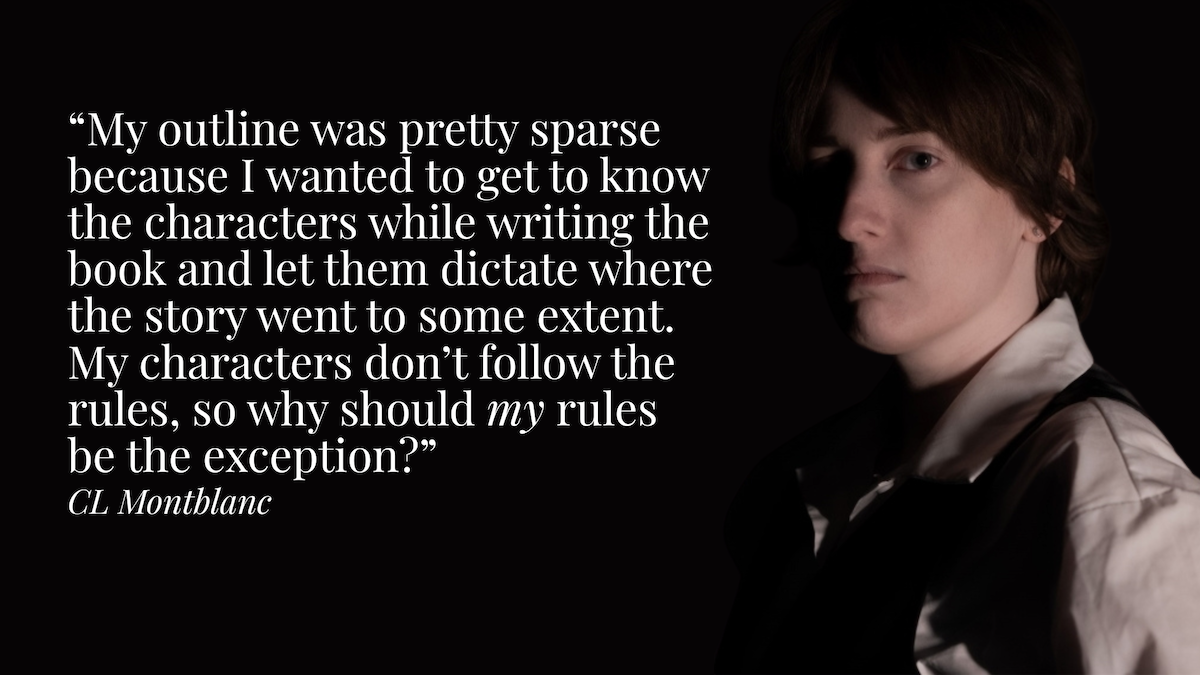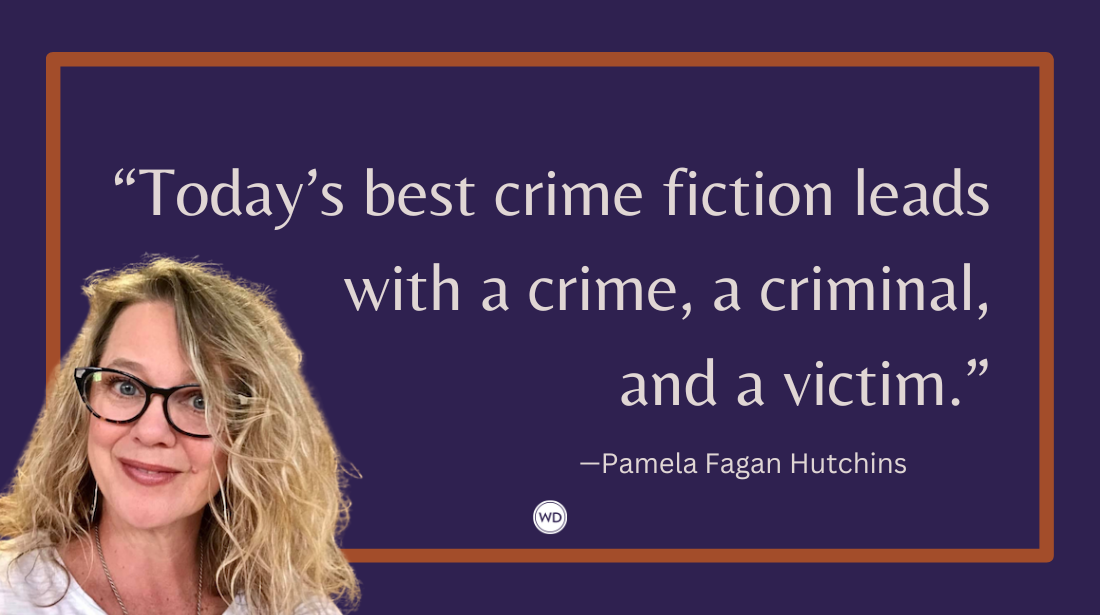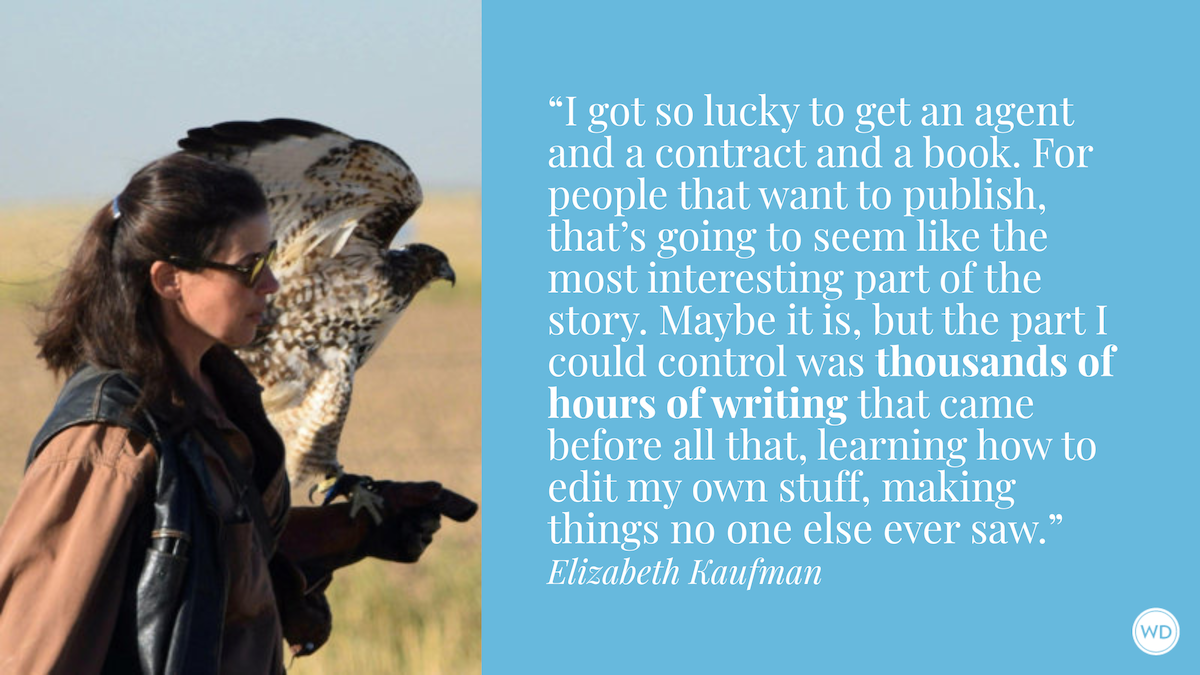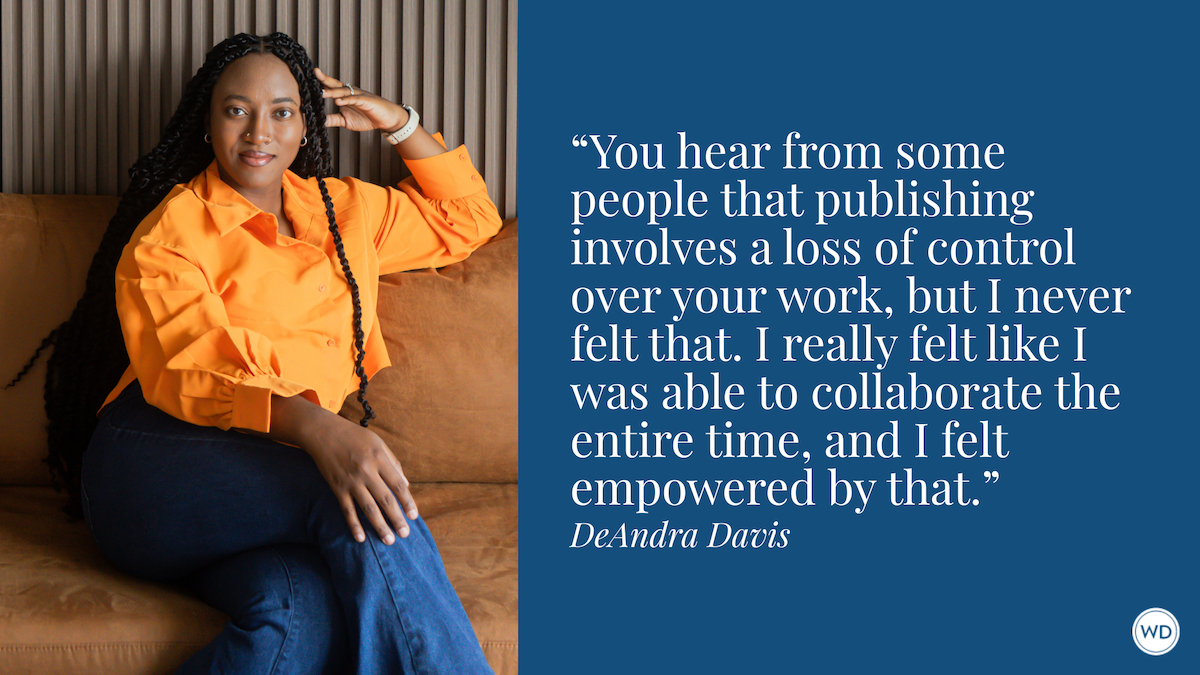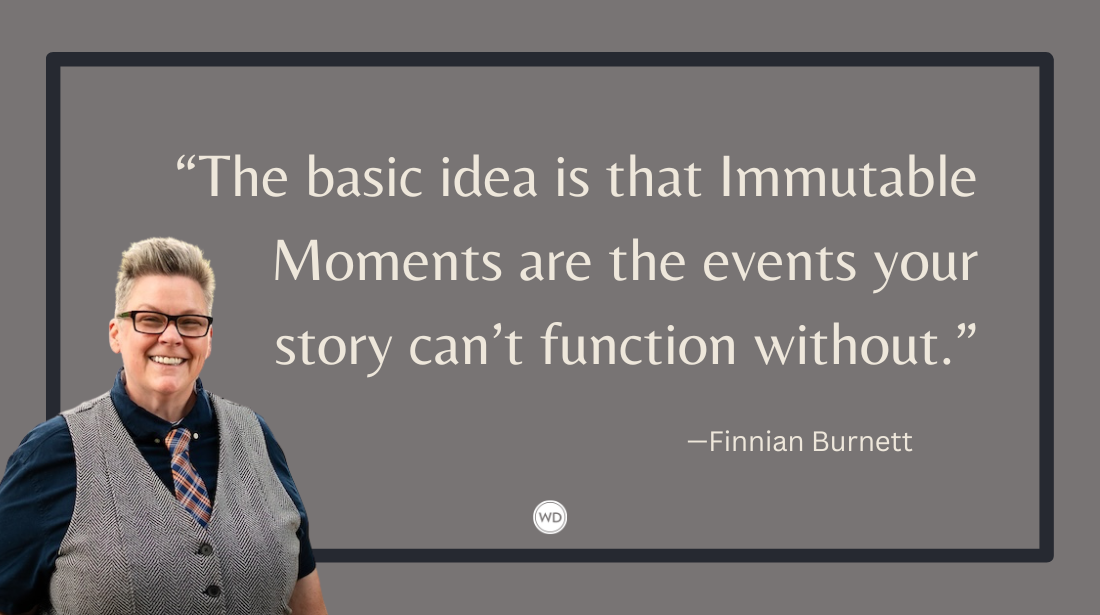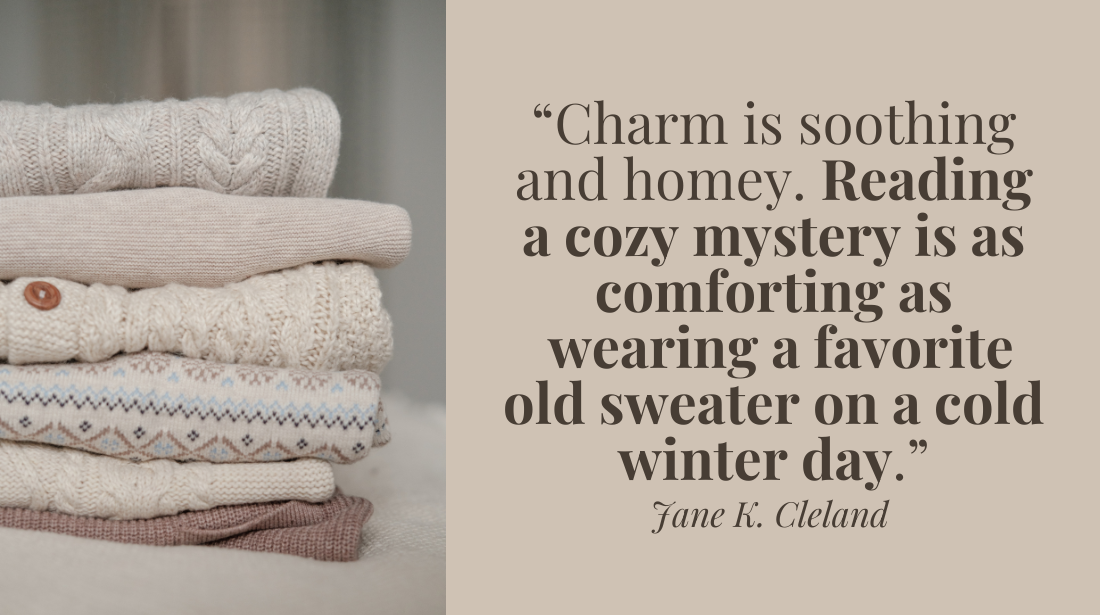Motive Magic for the Middle Grade/Young Adult Writer
Doctors don’t want you to know this secret to melt sagging plotlines and eliminate one-sided characters. Luckily, Ren Koppel Torres is here to share!
You’re writing a middle-grade/young adult story, yeah? Great, brilliant, superb. But then you realize your plot’s a bit too roundabout, or your characters seem a little flat, or the middle of your storyline is moving too slow. Significantly less superb. You’re left with a single, pressing question: What the heck??
But here’s the good news—I’ve got the answer to that very question. As a teen reader and author, not only do I read MG/YA fiction from the perspective of the intended audience, but I’ve been in that jam myself. I’ve gotten myself out of that jam by changing my approach and viewing my story through the lens of Motive. Trust me; every writer needs a bit of Motive Magic in their life. Stick around.
Motive Magic for the Middle Grade/Young Adult Writer
Breaking Things Down: Internal vs. External Motive
Let’s dive a little deeper into that word I just mentioned. Motive is what drives a character to act a certain way: their goals, desires, and needs. Motive is important because you need to recognize exactly what makes each of your characters tick in order for your characters and your plot to jibe with young readers.
I examine stories via two main kinds of motives: internal and external. External motives relate to your characters’ physical quest—where are they traveling, who are they battling, or what are they looking for? The external motive is typically more overt and is intrinsic to the actual plot of your book. For example, in From the Mixed-Up Files of Mrs. Basil E. Frankweiler, the external motive of the protagonist, Claudia, is to run away and hide out in the Metropolitan Museum of Art with her brother.
Internal motives are the why behind that quest. Don’t skimp on this part. A character’s internal motive is just as crucial as their external motive, even if it’s delegated more to the subtext of your story. Claudia’s internal motive is her desire to feel unique and respected in the wake of feeling underappreciated by her parents, which is the driving force behind her desire to run away. Her internal motive is the backbone of the story because, without that desire, Claudia’s decision to run away from home wouldn’t make sense, and readers can’t be as invested.
Alright, How to Actually Use This, Pt. 1: Plot
Some plots depend more heavily on one type of motive than others. Action books tend to be more external motive-centric, while coming-of-age or romance novels tend to be more internal motive-centric. Nevertheless, both types are needed in every story. Motives are crucial for determining what’s really important in a story, which you need to identify in order to solidify the overarching structure of your plot.
Want a good rule of thumb for pacing your story? Every character should be actively working towards their external and/or internal goals in every scene. This eliminates any unnecessary stall in the action and prevents your story from meandering too much, creating the momentum your story needs to keep young readers on the edges of their seats.
The writer’s job is to place enough obstacles in front of that character to keep them from achieving that goal too easily. (Characters getting what they want? In this economy??) These obstacles can be anything from natural disaster to family dynamics, self-doubt or an alien invasion, a supervillain’s curses, or a conflict of interest. Regardless of what obstacles those are, your primary characters should have to overcome something.
The extent to which your characters get their happy ending is dependent on the type of story you’re writing, but there should be some sort of resolution. Your characters can have a little satisfaction, as a treat.
How to Actually Use This, Pt. 2: Characterization
Every character, not just the protagonist, needs both an internal and external motive, and each character’s motive should be different. Creating a cast of characters with a variety of motives is a great tool for characterization because contrasting characters reveal more about one another, enabling young readers to understand all of your characters on a deeper level. Plus, writing characters with different motives will make your story as a whole more interesting and relatable. Real people are driven by a slew of different things, and it’s always a good idea to represent this on-page.
Take this concept the extra mile by creating characters with motives and goals that interfere with one another. Conflicting views are always a valid way to create tension, and it’s another really snazzy obstacle to place in front of your characters. For example, in Marie Lu’s WarCross, protagonists Emika Chen and Hideo Tanaka are driven by different motives: Emika is driven by her desire to preserve freedom, while Hideo is motivated by the desire for the safety of the greater good. These conflicting ideologies force Emika to turn on him when she realizes what he’s planning.
I mentioned in the Plotting paragraph that every scene should further each character’s internal/external motives. This isn’t to say that your characters can’t take a breather from slaying that dragon in order to process what’s happening and build rapport with each other, because those are Big Deals™ for making your characters pop. Moments of interpersonal interaction (dialogue, monologues, silent nods, you name it) always play into internal motives, because, let’s face it, people are obsessed with each other.
So many internal motives—the desire to be respected, the desire to protect someone, the fear of being alone, even a thirst for vengeance—involve other people. It’s part of the human condition, so why not make it part of the literary condition?
Ren Koppel Torres has adored fantasy books since the dawn of time and published The Shadow in Her Pocket, a fantasy novel, at 16 years old. Ren was born in New York City in a Jewish-Mexican-American family and now lives in Austin, Texas. Ren is passionate about promoting more diverse voices in the arts and advocating for child literacy. Ren is also a freelance writer, a visual artist, a guitarist in a rock band, a succulent aficionado, and a high school student. Find Ren at @KoppelTorres on Twitter and KoppelTorres.com.



